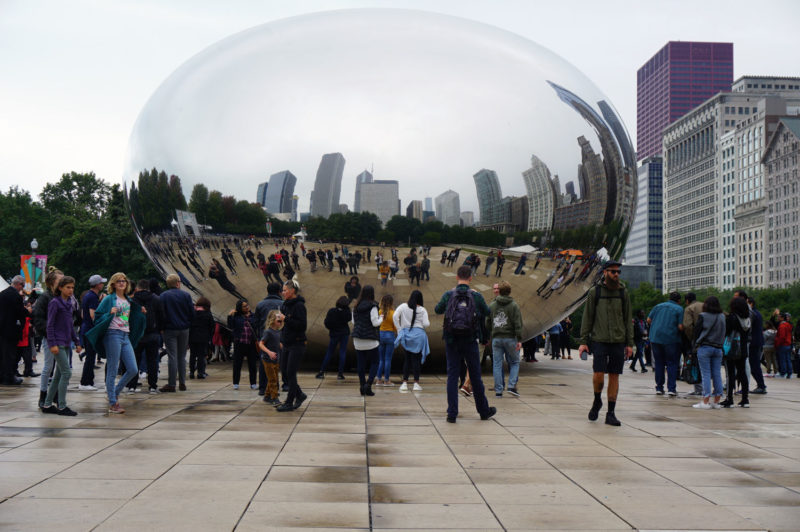 One day last week, I woke up thinking about ‘the objective correlative’. It was the first thing on my mind. Though an arcane concept, it speaks to issues that come up when blogging with photography.
One day last week, I woke up thinking about ‘the objective correlative’. It was the first thing on my mind. Though an arcane concept, it speaks to issues that come up when blogging with photography.
The term is associated with T. S. Eliot, who used it to describe the poet’s task: the search for appropriate symbolic objects to evoke a particular intended emotional response. The qualities of poetic symbols stimulate emotion in the audience in oblique and ‘thick’ ways. Eliot viewed Hamlet as a quest on Shakespeare’s part to invent imagery adequately expressing his protagonist’s complex state of mind.
Photography can be powerful, yet what viewers respond to in a picture may vary greatly. Some may get a lot out of a photograph, others may not. Words can supplement or deepen what a photograph conveys. Yet trimming a photograph with words can be reductive, detracting from the image in unfortunate ways.
Conversely, photographic illustration can detract from written expression. Writing ‘from’ a photograph may move the writer in a direction she or he doesn’t care to go. Or the writer may descend to the level of a carnival barker, using photographs that are perversely irrelevant, perhaps worried about amusing an audience who doesn’t like to read. Given that photographs deal in the visible, they privilege life’s physical, material side.
I confess: creating an image that can pass muster as the visual equivalent of an issue I want to write about is often beyond me. The thoughts of a humble journalist, unlike those of a poet, must go begging for an objective correlative. Even though I started out writing Celia hoping that it would reflect everyday perplexities, it’s often more a travelogue than I would like it to be. Yet much of what is meaningful and subtle in Celia comes from its modest exposition of photography.
People of fewer words may make better use of photography in their blogs. Their posts are more ambiguous, sometimes more capacious and soaring. It’s cool not to need words–but if you do, be careful pairing them with the output of your point-and-shoot.
